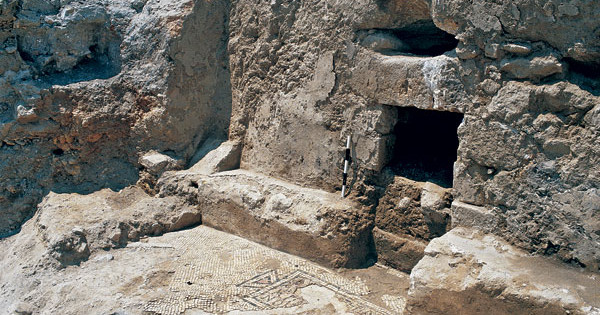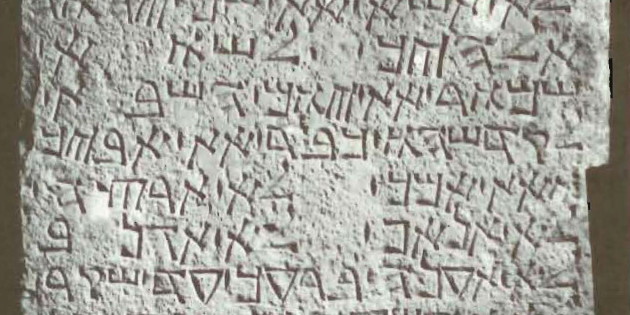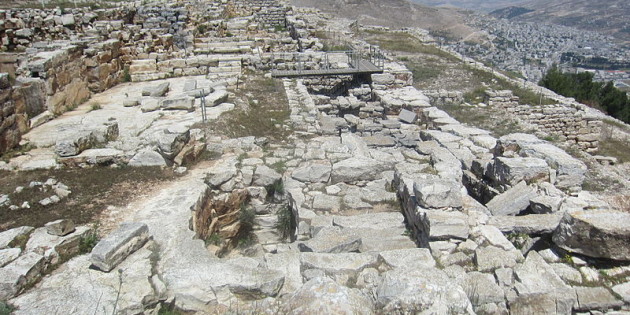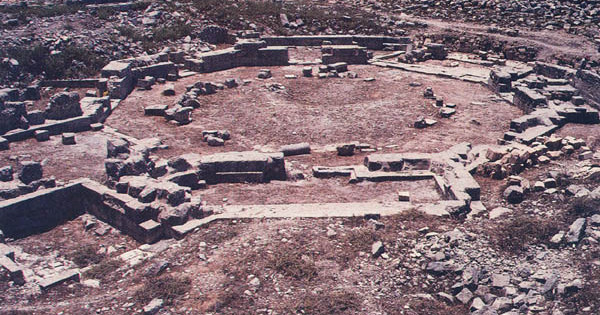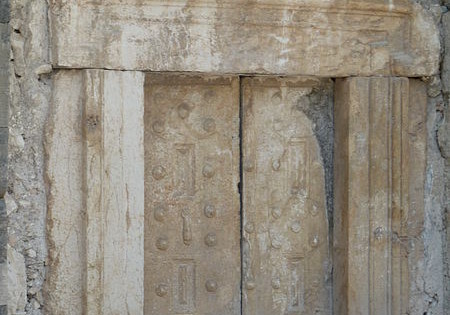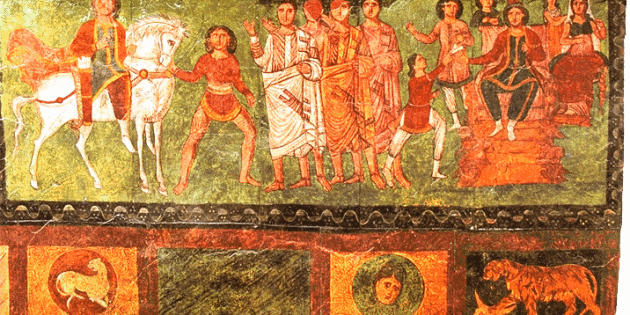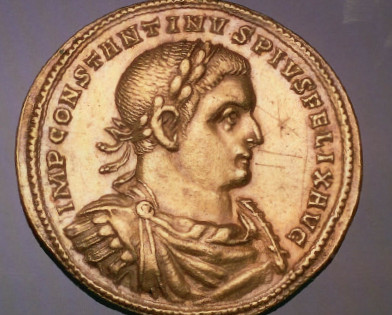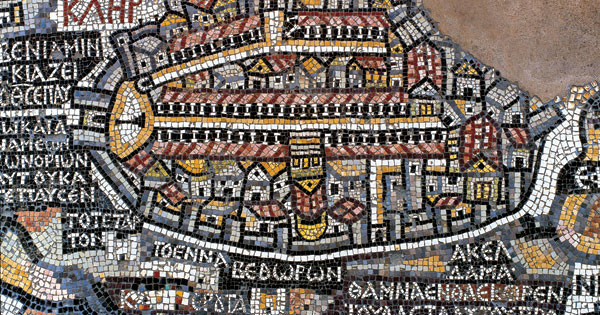Home » Greco-Roman Period » Judaism under Christian Rome
Judaism under Christian Rome
This description of the Persian conquest of Jerusalem in 614 C.E. shows that by this time, most of the inhabitants of the city were Christians. The terrible destruction wreaked by the Persians did not secure the city for them, and it soon fell again to Byzantine rule. Palestinian Jewry looked upon the Persian conquest as […]
Again the ancient sources reflect the dubious effect of the forced conversions of the Samaritans who became Christians after their failed rebellion. In this year (110), when the Samaritans revolted and created for themselves an emperor and Caesar, Irenaeus the son of Pentadia was sent as magister militum (111) and put many to death. And certain of them in […]
This description of the first Samaritan rebellion by Procopius of Caesarea, a Byzantine historian, was written between 559 and 560 C.E. This account highlights the religious nature of the struggle, supporting the notion that Christian persecution of the Samaritans led to the unleashing of the revolt. In Palestine there is a city named Neapolis (98), […]
The Chronicon Paschale is an anonymous Byzantine Greek chronology from the early 7th century which presents an account of world history up to that time from a Christian viewpoint. It provides a rather one-sided account of the Samaritan revolt against Christian Byzantine rule which took place and was suppressed in 484 C.E. In these times […]
The Babylonian Talmud includes a collection of stories about the relationship between Rabbi Judah the Prince and a supposed Roman emperor named Antoninus. Scholars have debated whether to identify this Antoninus with one of the emperors of the Severan dynasty, perhaps Antoninus Pius (ruled 138-161 C.E.), or to understand these texts as relating to some […]
Lawrence H. Schiffman, From Text to Tradition, Ktav Publishing House, Hoboken, NJ, 1991. From the third century B.C.E. a Greco-Roman, Hellenistic Judaism had existed alongside the Hebrew-speaking Judaism of Palestine. This Greek-speaking Judaism had come to terms with Greek literary forms and philosophies, had translated the Bible into Greek in several versions, and had in many ways synthesized […]
Lawrence H. Schiffman, From Text to Tradition, Ktav Publishing House, Hoboken, NJ, 1991. Until the Arab conquest of the Near East (634–638 C.E.), the centers of Jewish creativity were Palestine and Babylonia. After the suppression of the Bar Kokhba Revolt of 132–135 C.E., the Palestinian Jewish community had recovered quickly. Institutions of self-rule, the patriarchate and […]
From Text to Tradition Under Byzantine Christianity Decline of Hellenistic Judaism Historical surveys Isaiah M. Gafni. “The World of the Talmud- From the Mishnah to the Arab Conquest.” Part IV. Christianity and Rabbinic Judaism- a Parallel History of their Origins and Early Development. Ed. Hershal Shanks. Washington D.C.- Biblical Archaeology Society, 1993. Primary sources Jerusalem […]

